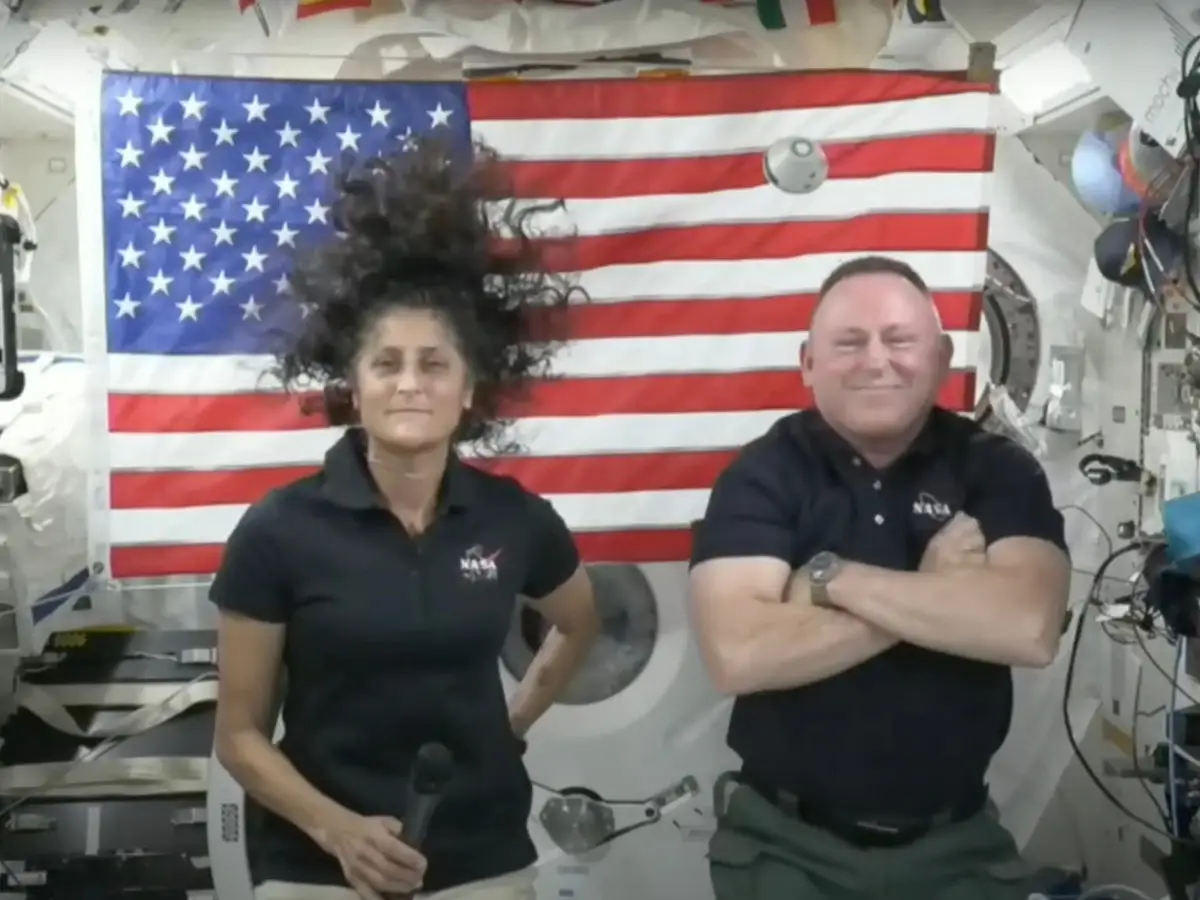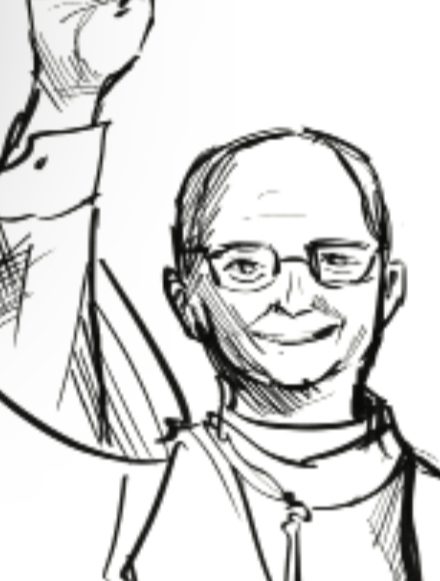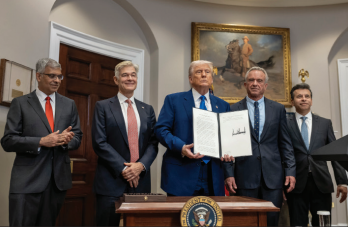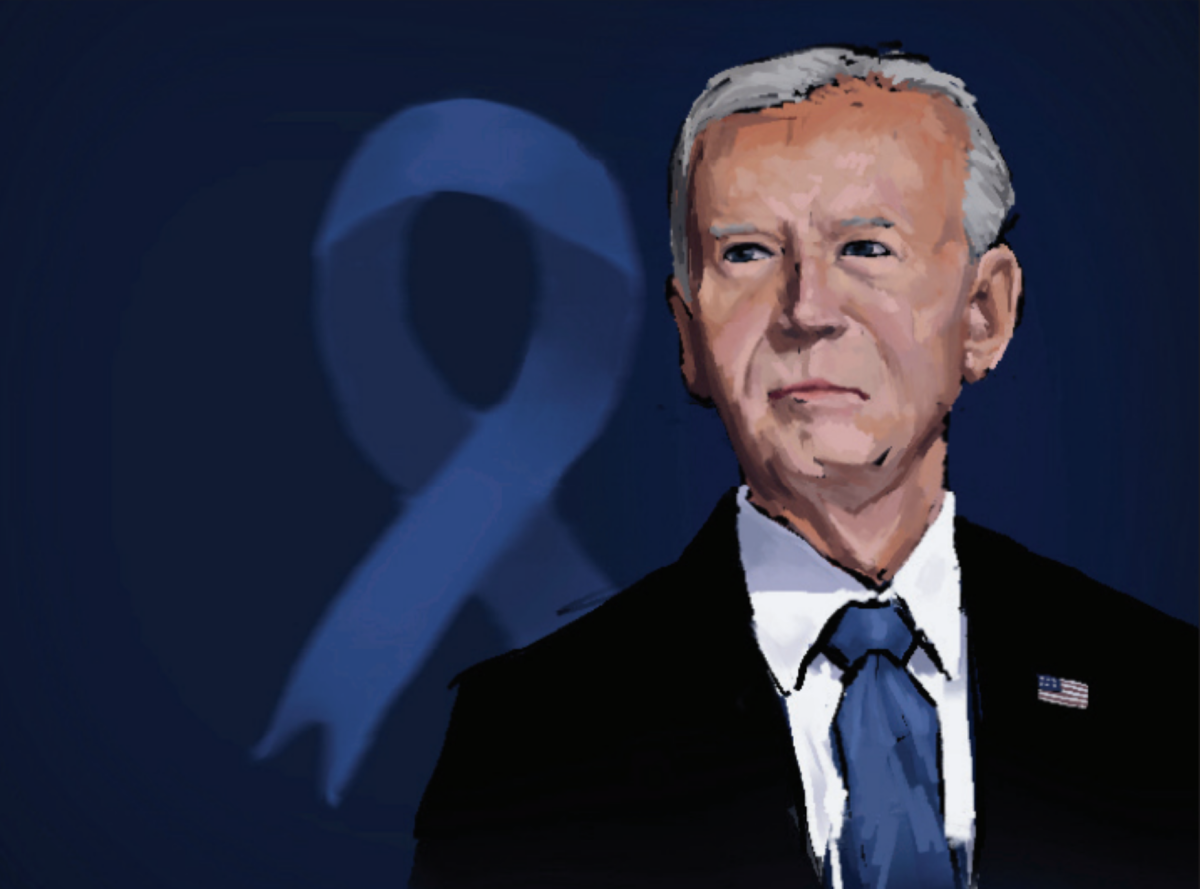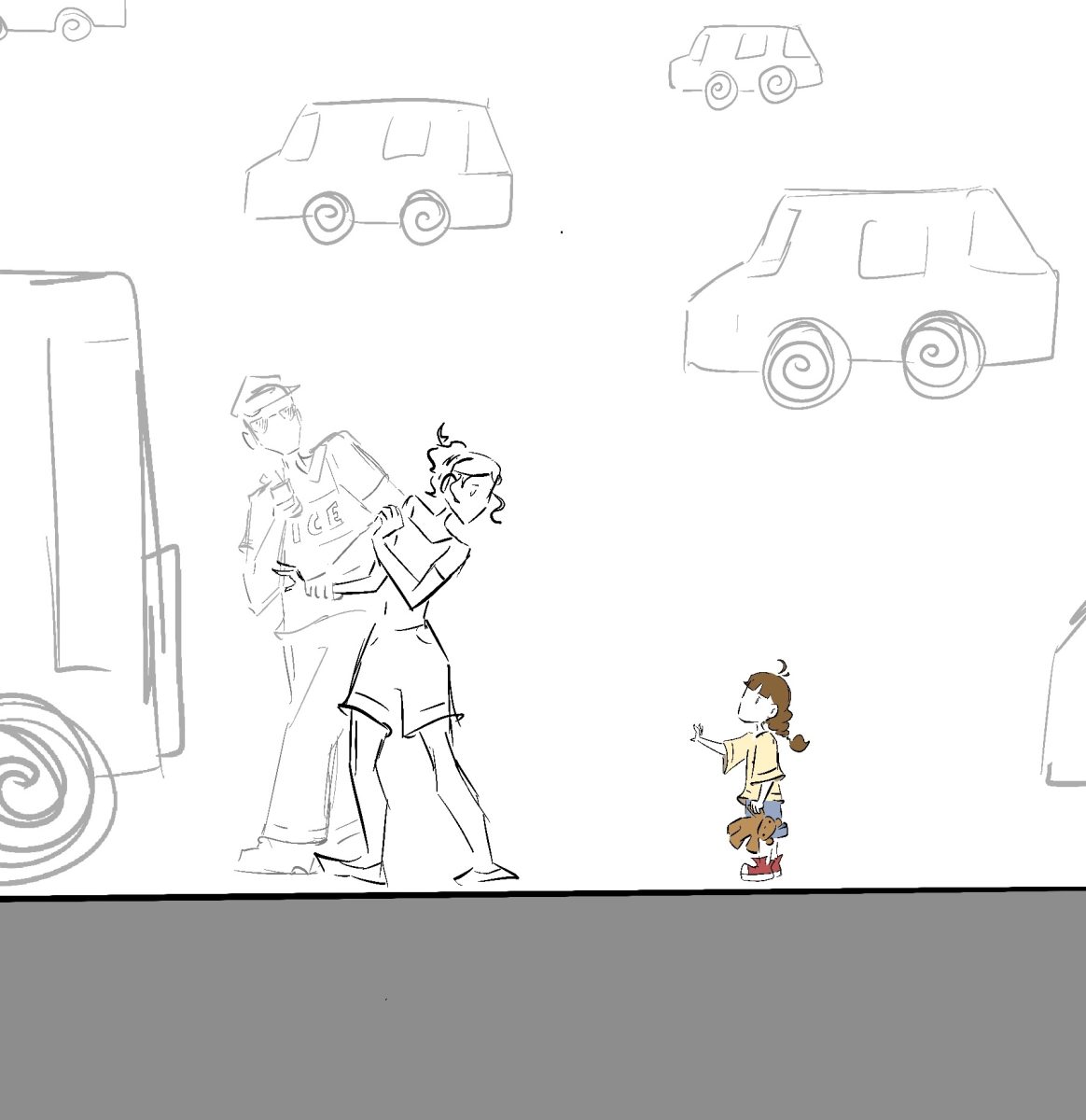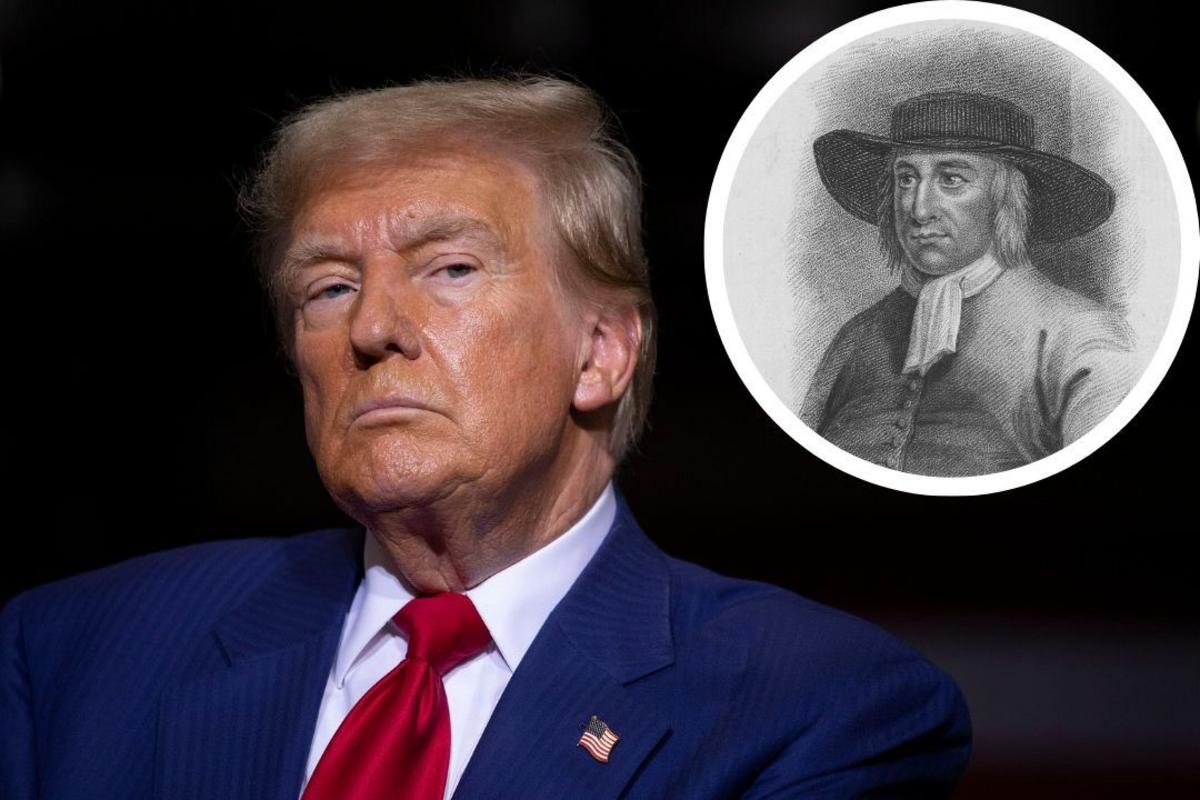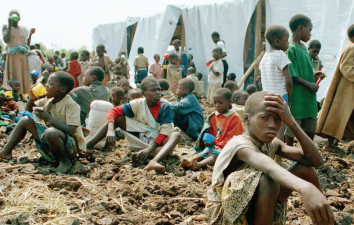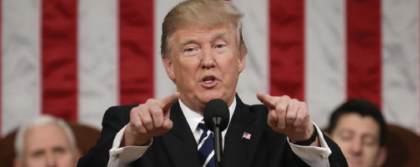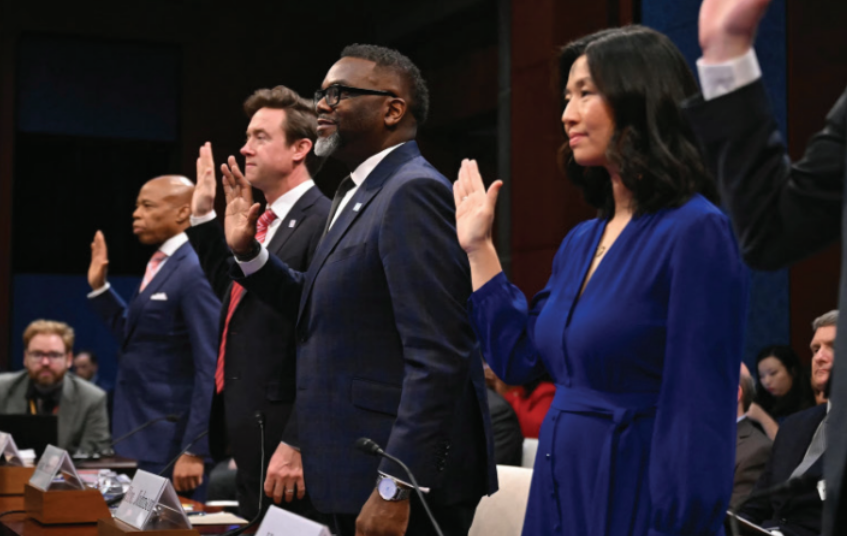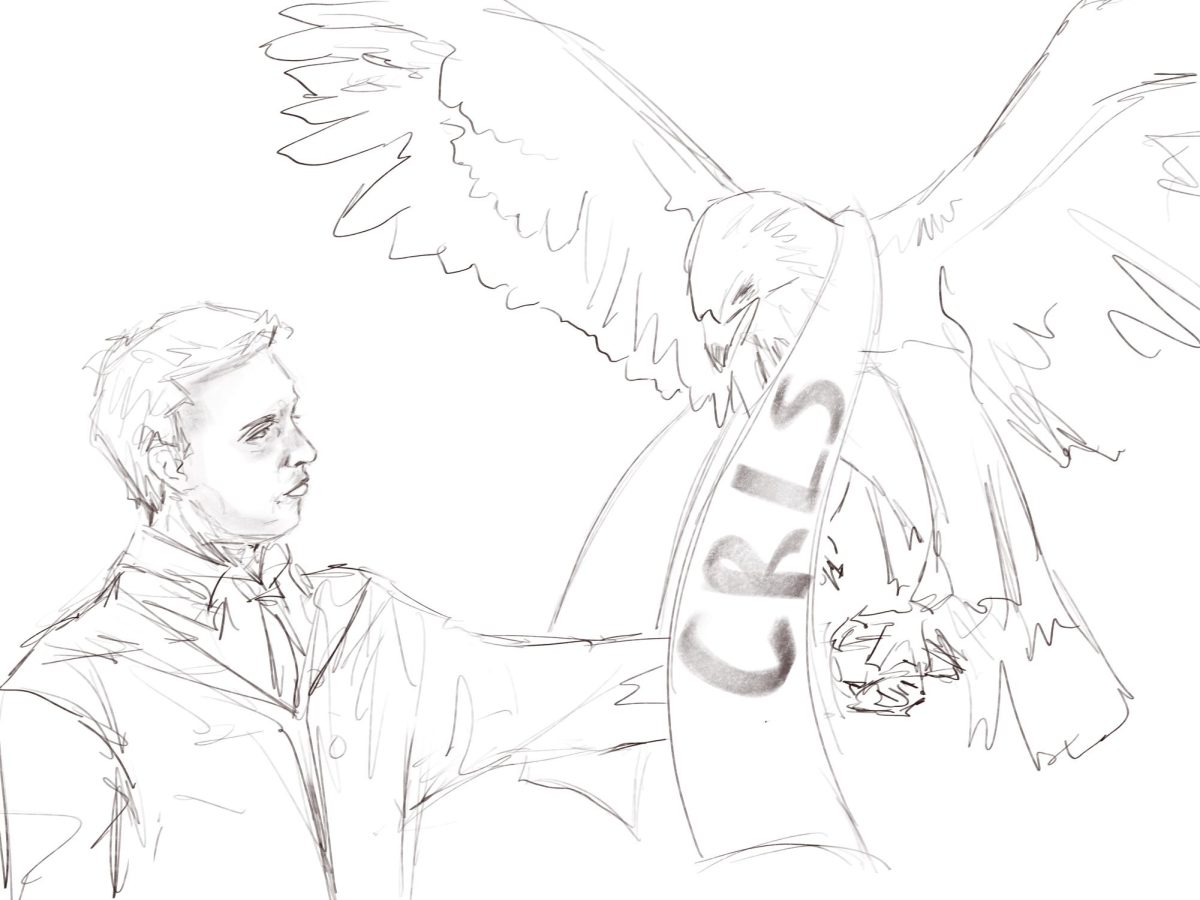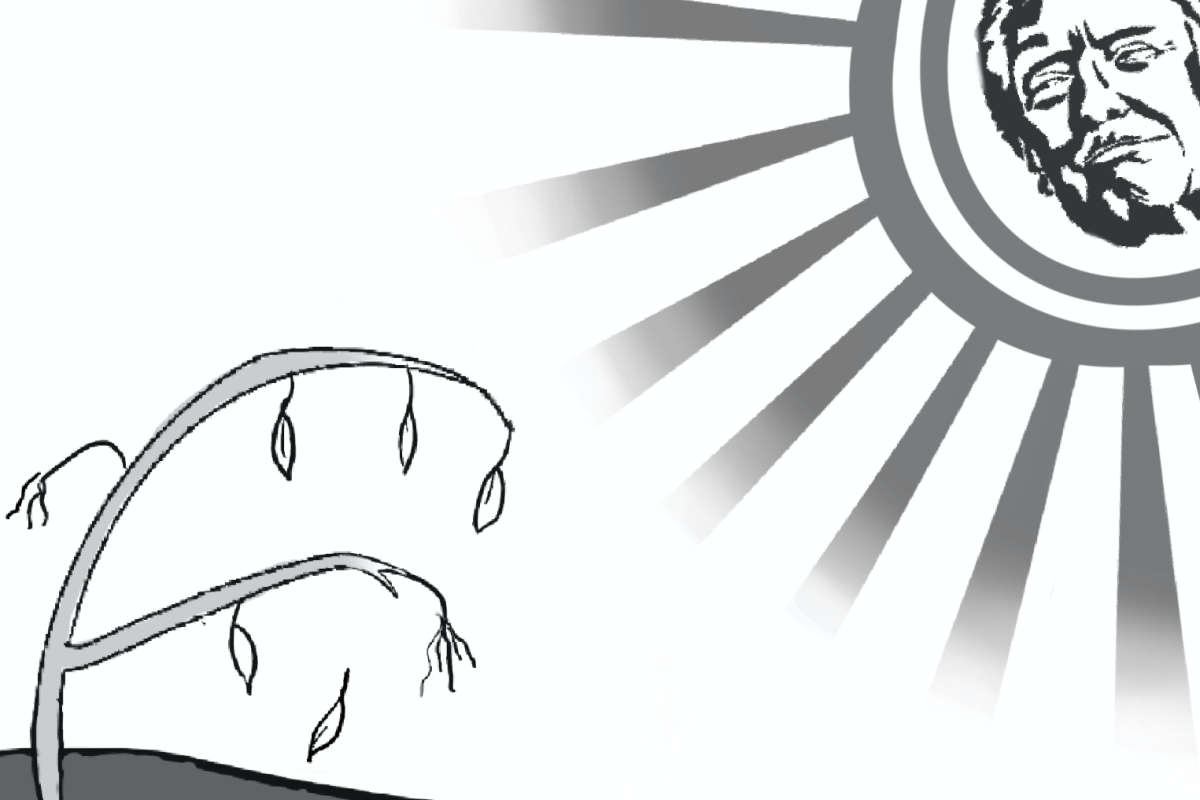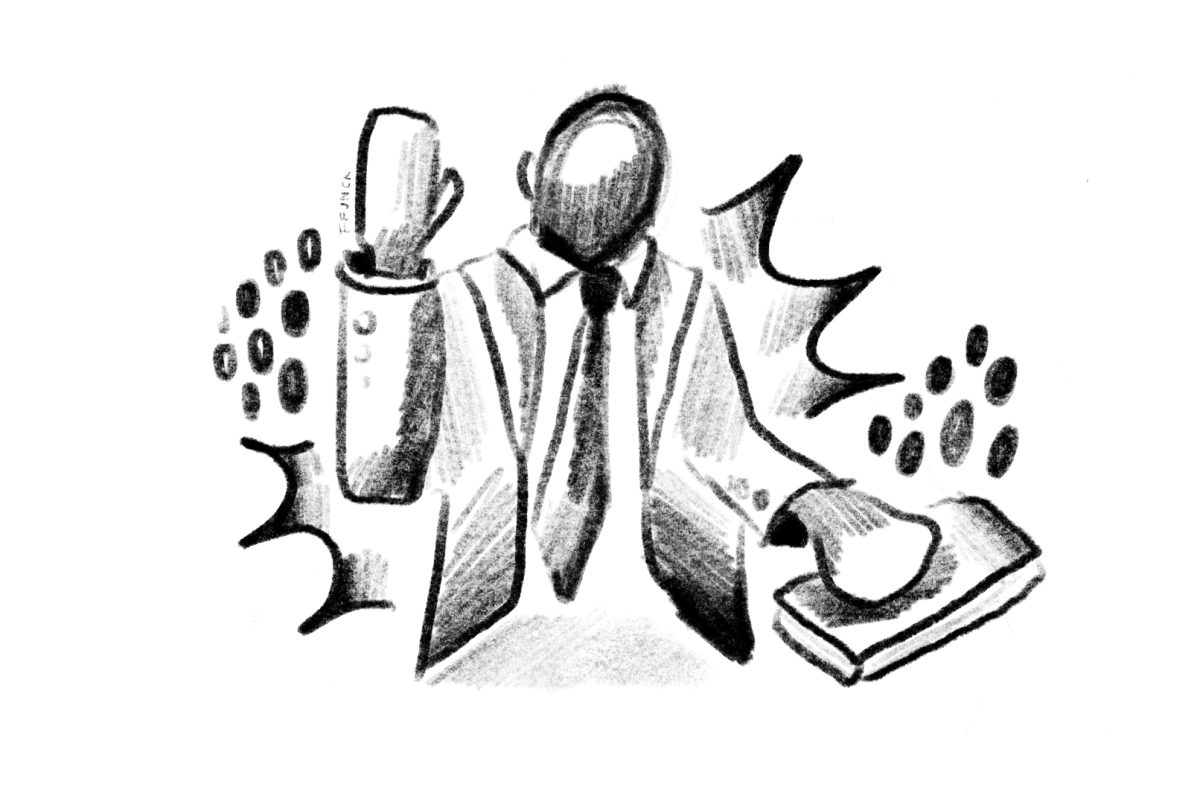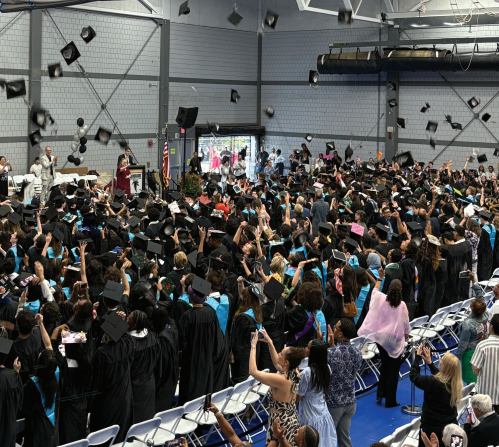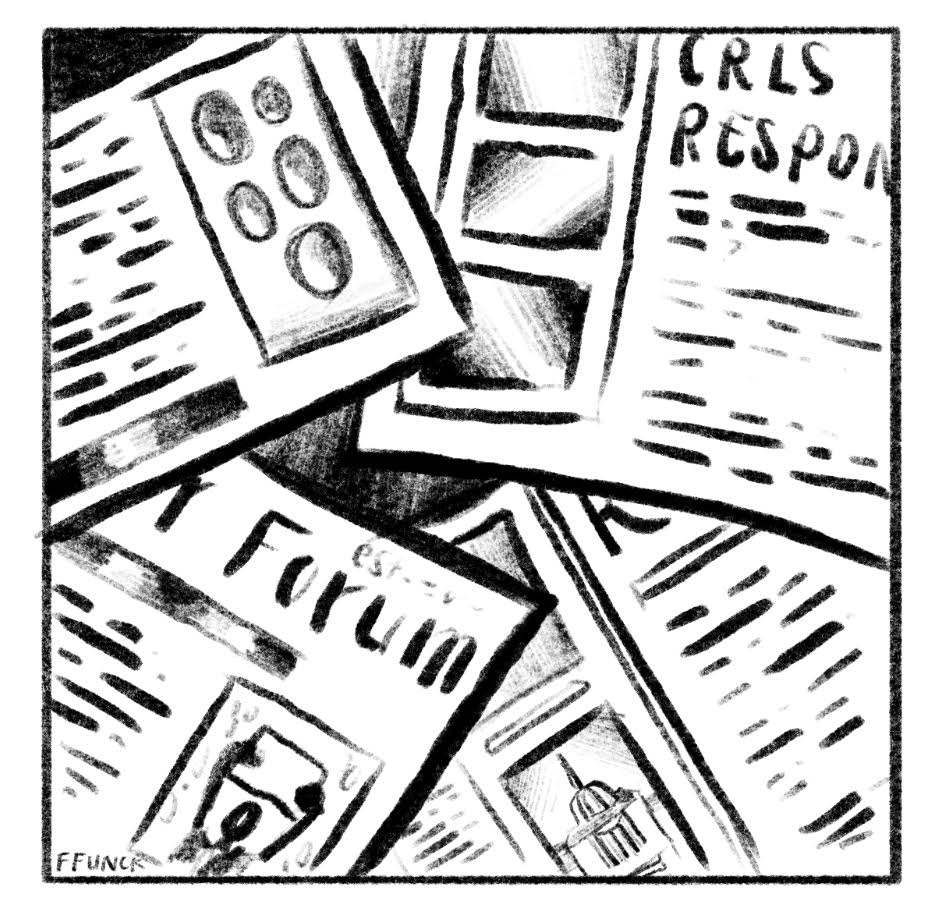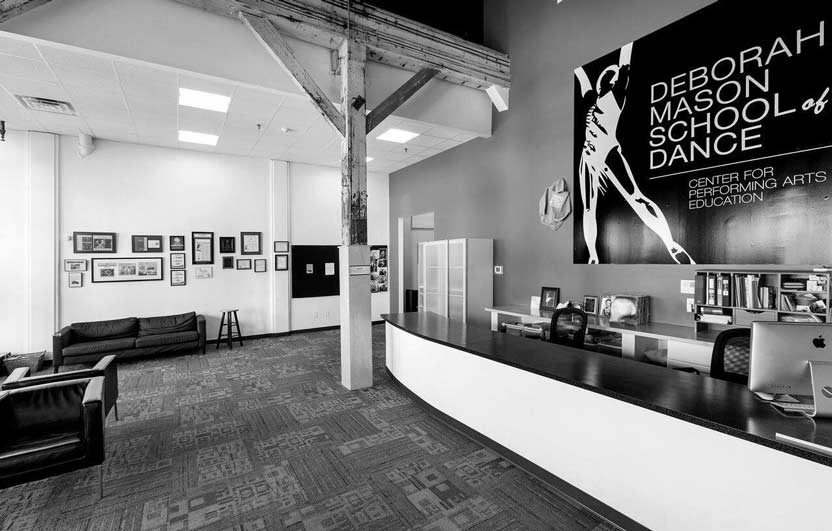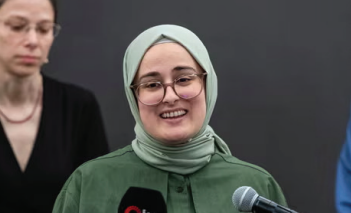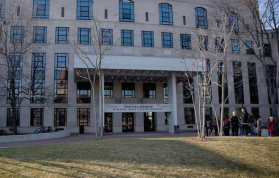On June 5th, 2024, veteran astronauts Sunita “Suni” Williams and Barry “Butch” Wilmore boarded the Boeing Starliner and headed to space on an eight-day mission to evaluate the untested, unregulated Boeing spacecraft. After this first test run, the National Aeronautics and Space Administration (NASA) hoped to officially launch the Starliner for more regular travel to space. But the original eight-day plan has turned into a harrowing eight-month ordeal, as both astronauts found themselves stranded in space.
Initially, the Starliner was programmed to circle the International Space Station (ISS) and return with Williams and Willmore to a parachute-aided homecoming in the western United States. But shortly after liftoff, the Starliner suffered multiple helium leaks and reaction control system thruster failures. These leaks were the result of careless cleaning maintenance pre-liftoff and the contamination of toxic mold in the internal system. Then came a series of repeated mission extensions for NASA and Boeing to test and collect data on the accidents. Though a new thruster was tested and improved for the craft, and the leaks were stabilized, NASA opted to take no risks and the Starliner returned home in September with no crew on board. Crucially, NASA admitted that a new thruster had failed and its guidance systems experienced a temporary blackout during descent. NASA later said that the two astronauts would have been fine if they had been in the craft. The spacecraft made a precise landing, with sequences going as planned.
Left behind on the ISS, Williams and Wilmore are now reassigned to ISS Expedition 71, where they will return home on SpaceX’s Dragon Freedom in February of 2025. However, their return is far from guaranteed. If they return home in early 2025, they would have been in space for ten months, compared to the originally planned eight day mission.
The launch was a step in the long-term goal of a return to the moon and testing the Orion spacecraft before a tentatively scheduled Artemis II test in September 2025. The Artemis II mission plans to head moon-bound and test deep-space exploration possibilities.
As the two astronauts spend an unexpected eight-plus months in orbit, unable to return home, the situation once again raises questions about the dubious safety of space travel. Five out of 28 of the Starliner’s thrusters failed due to overheating when it docked with the ISS in June, which means the craft would have trouble navigating at certain angles. Boeing contended that it would have been a safe return, which notably contrasts with NASA’s choice to reenter uncrewed. Reports of Williams’ declining health are alarming and the uncertainty of their actual return remains real. While mankind has been fascinated with the moon, stars, and planets since ancient times, the stark risks involved in leaving earth to explore the vast frontier of space are visceral and evident. Worries over the capabilities of Boeing’s aircrafts are also not unfounded. Many airplane incidents and system failures for airlines have been with Boeing-made planes. For now, Williams and Wilmore are left to contemplate their prospects of ever returning home from outer space, surviving on freeze-dried food in zero gravity and preparing to spend the holidays 250 miles away from earth.

